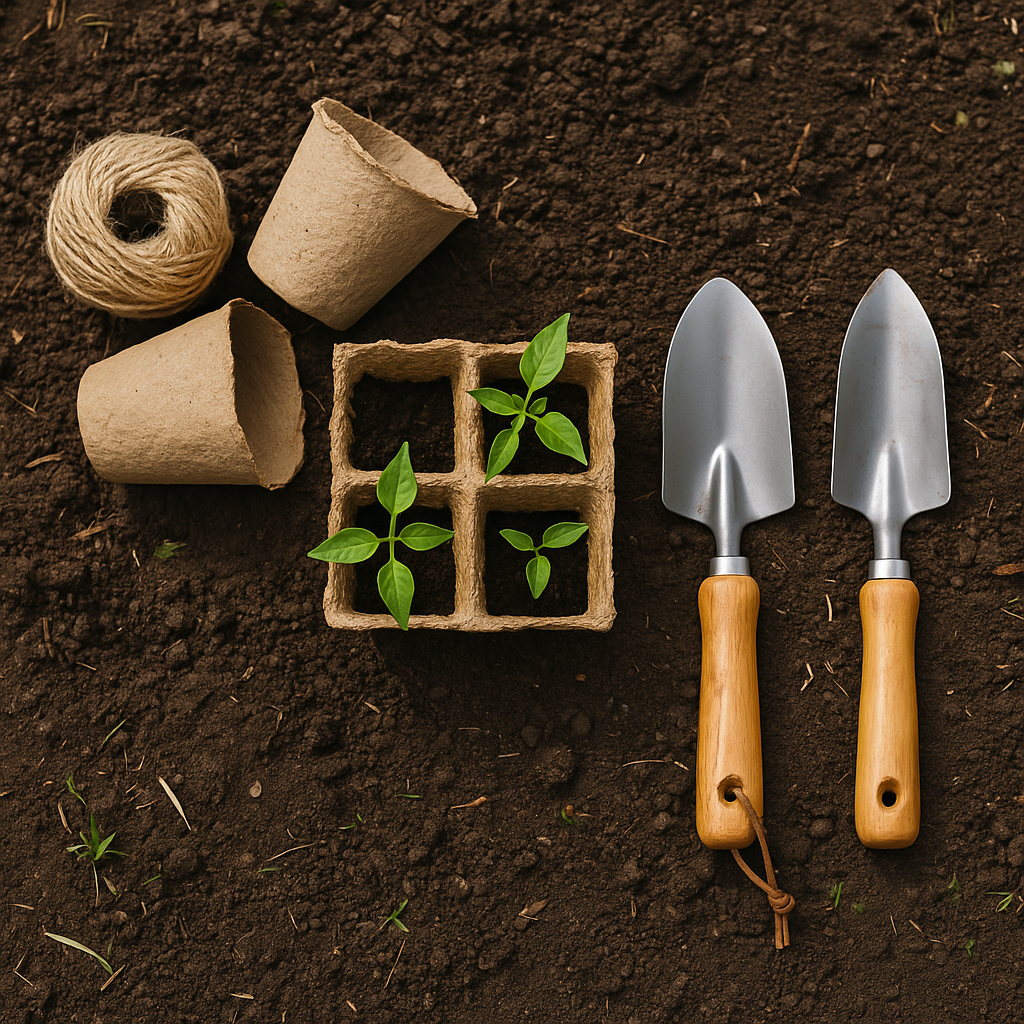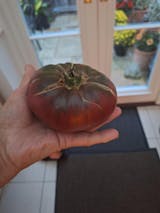Start small, but well equipped
No need to break the bank to start a natural vegetable garden. Contrary to the image of “technical” gardening with motorized tools, a natural vegetable garden relies on simple gestures, manual tools… and lots of observation.
Here is a practical guide to the basic equipment to have to start a garden without chemical products, whether you have a large plot or a few containers in the city.
1. Essential tools for working the soil without turning it over
The broadfork: the star tool of living soil
The broadfork (or biofork) allows aerating the soil without turning it over. Unlike a classic spade, it preserves the soil layers and respects microbial life. It is ideal for preparing growing beds.
The claw or the fork
These tools are useful for breaking clods, incorporating compost on the surface, or raking before sowing. Again, work is done gently on the surface.
The rake
Indispensable for leveling soil before sowing, spreading mulch, or collecting dead leaves. A sturdy rake, not too wide, is more than enough.
2. Equipment for sowing, mulching, maintaining
A sturdy trowel
For transplanting, the trowel is your ally. Prefer a model made of stainless metal, comfortable to hold.
A dibber or a wooden stick
Nothing simpler for making sowing holes! You can even make one yourself with an old wooden spoon or a trimmed branch.
A watering can with a fine rose
Watering must be gentle, especially during sowing. A watering can with a fine rose prevents moving the seeds. If you garden in containers, a small model will suffice.
Recycled containers
Trays, toilet paper rolls, egg cartons: the natural vegetable garden favors recycling. These containers are perfect for starting your seeds indoors before transplanting.
Mulch in stock
Dead leaves, straw, dry grass clippings, wood chips… mulch is a tool in itself. It feeds the soil, limits evaporation, and prevents competing weeds. Always have some on hand.
3. What to avoid at the beginning
- Motorized or electric tools: unnecessary for small areas, they often disturb more than they help.
- Single-use plastic: prefer natural or reusable materials.
- Low-quality tools: better to buy fewer but sturdy tools than to have to repurchase every season.
4. Bonus: the garden journal
It may seem accessory, but keeping a garden journal is one of the best tools for progress. You can note:
- Sowing dates, harvest dates, mistakes made, successes,
- Weather conditions, exposure, plant behavior,
- Ideas for the following year.
A simple notebook is enough, or a digital document to update each month.
And what about seeds?
Having good tools is important. But what will really make the difference in your natural vegetable garden are the seeds you sow.
👉 Discover our selection of starter kits, designed for budding gardeners.
Conclusion
Starting a natural vegetable garden requires neither complex tools nor a big budget. With a few well-chosen tools, some recycling, and a good dose of enthusiasm, you are ready to cultivate differently. And if you still have doubts, just start simply, with a broadfork, a watering can, and a packet of seeds…





Leave a comment
This site is protected by hCaptcha and the hCaptcha Privacy Policy and Terms of Service apply.